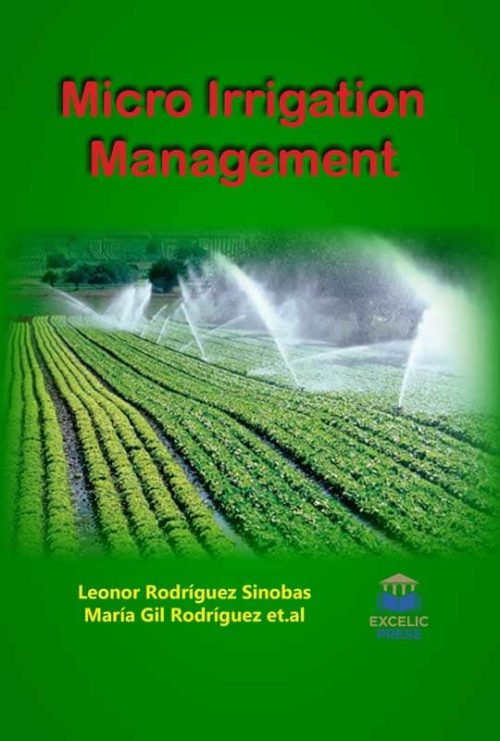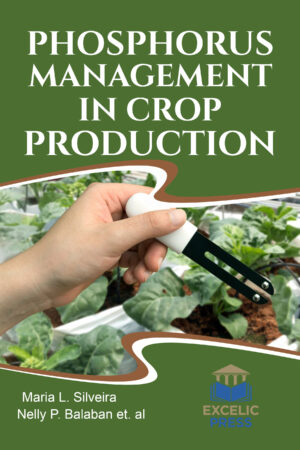Description
Irrigation has transformed agriculture and shaped civilization since its use in the Fertile Crescent more than 6000 years ago. Access to freshwater for irrigation transformed barren landscapes, allowing populations to move to previously uninhabitable regions. The increase in the human population generates the need to improve the efficiency of food production. Thorough planning is required following the scope of economic and sustainable development, being irrigation a basic tool, however, water availability is restricted and it obliges farmers to progress increasing water productivity. Advances in water management increased the productivity of agricultural systems around the world; supporting substantial population growth. Irrigation scheduling is a vital water management strategy, and this book discourses scheduling methods and issues.
This book covers the state of the art techniques of micro-irrigation or drip irrigation systems. It covers wide-ranging information and techniques obligatory to develop and manage a drip or micro-irrigation. Over a quarter of a billion hectares of the planet are irrigated and entire countries depend on irrigation for their survival and existence. Growing pressure on the world’s available water resources has led to an increase in the efficiency and productivity of water-use of irrigation systems as well as the efficiency in their management and operation. The efficiency of subsurface drip irrigation SDI could be similar to drip irrigation but it uses less water. Throughout this book, the specific characteristics of SDI will be presented and some criteria for its design and management will be highlighted. Excessive irrigation not only depletes freshwater reserves but may leach fertilizers and other chemicals from agricultural lands. Unnecessary applications of water and fertilizer can also allow weeds to flourish in modern agriculture. While irrigation systems are usually designed and managed with a crop of interest in mind; the impact of irrigation on weed growth is an important component of any modern production system. The book will address the impact of different irrigation systems on weed management with an emphasis on drip irrigation technologies. Mobile drip irrigation (MDI) technology adapts driplines to the drop hoses of moving sprinkler systems to apply water as the drip lines are pulled across the field. There is interest in this technology among farmers in the High Plains region to help sustain irrigated agriculture. However, information on the performance of this system and its benefits relative to common sprinkler application technologies in the region are limited.
This book offers the most current understanding of the management criteria desirable to gain maximum water and fertilization efficiency. Overall, the book should aid researchers in positioning new models and new modeling approaches in relation to the state-of-the-art. It may also be of interest to practitioners and educators seeking an overview of developments in this area.





